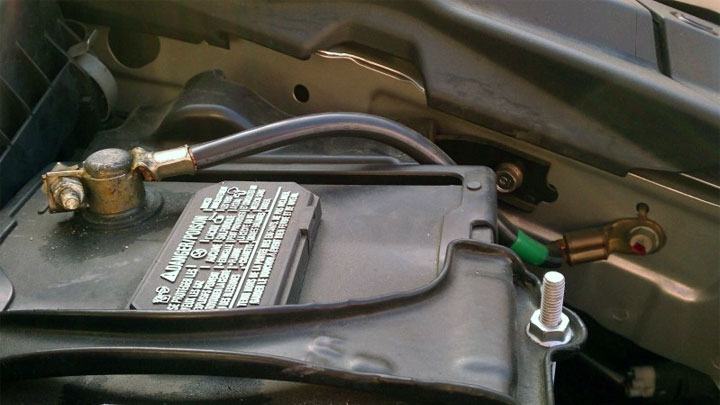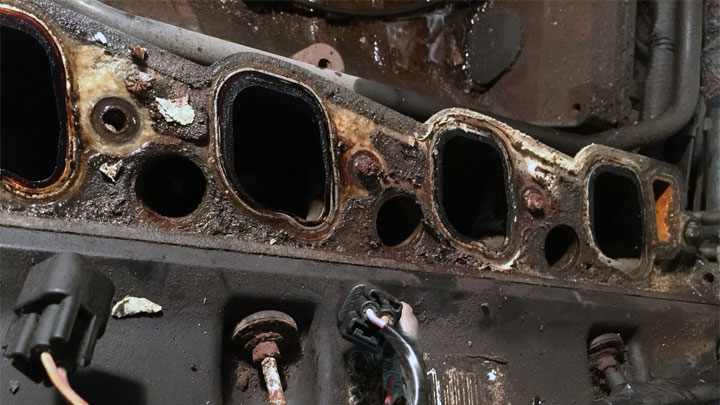Last Updated on April 23, 2020
For your car to shift appropriately, the automatic transmission vacuum modulator must analyze how hard the engine is working. It does this in two different ways.
Even though some car makes and models have simple cable linkages attached to a throttle valve in the automatic transmission, it still serves the same purpose.
How an Automatic Transmission Vacuum Modulator Works
By further pressing the gas pedal, it exerts more pressure on the car’s throttle valve. However, with the help of a vacuum modulator in other vehicles, the automatic transmission exerts pressure on the throttle valve.
The increase in the manifold pressure will eventually reach the modulator to respond to the greater load demand from your car’s engine.
With the assistance of an automatic transmission vacuum modulator, it is very important to monitor the load you apply on your car’s engine. This is because your car’s transmission can only shift the gears of your car properly by maintaining an appropriate level of vacuum load.
Problems might start while shifting gears if the automatic transmission vacuum modulator starts malfunctioning. Eventually, your car’s engine can experience damage, as the vacuum modulator will start burning the hose linking the engine vacuum to the transmission.

The transmission vacuum modulator effectively works by consistently computing the load in your car’s engine with the diaphragm. As soon as a gear change is executed in line with the load demand, the diaphragm pushes the valve to prompt the spring to move in the reverse direction of the diaphragm.
When driving downhill, your car will experience low engine load. However, the opposite takes place when driving uphill with a heavy load in your vehicle, meaning that you always need to focus on the modulator’s indications or you might end up shifting gears in reverse.
To avoid such issues, you need to use a high-quality and durable transmission vacuum modulator for accurate readings.
The transmission valve body functions as the brain of your car’s transmission. If working effectively, it helps in controlling the vehicle’s transmission shifts by directing the necessary fluids into the right passages to help in the shifting of gears.
With all these components and executions taking place, your transmission will work correctly to avoid causing any damage to the vacuum modulator.
It is advisable to make a diagnosis or replace the automatic transmission vacuum modulator if you begin to notice that a problem persists while shifting the gears of your car.
As the owner of your car, you should clearly identify and know the functions of the automatic transmission vacuum modulator. Most importantly, the modulator valve helps in controlling the point upon which you shift the vehicle’s gears.
It functions in unison with the engine’s governor or throttle with the intention of determining the applicable speeds to shift gears appropriately. However, a defective transmission modulator valve will typically lead to the inability of the automatic transmission to shift gears accurately.
Consequently, your car will start producing a lot of smoke coming from the manifold or its transmission.
It is worth noting that every shift valve will usually correspond to a certain pressure range. Therefore, once the vehicle starts picking up speed, the 2-to-3 shift valve immediately takes over due to the high pressure coming from the governor to activate the particular valve.





Hello! There is a 1992 Cadillac Eldorado. The problem is that there is no reverse gear! Oil change, factory oil and filter have been replaced. Can cause an error, modulator valve? You could tell me what might be wrong. Can you buy it and in what order? Thank you in advance for your answer! Sincerely, Sandor Juras
Does the mdelator vacuum leak fluid if it comes unhooked?